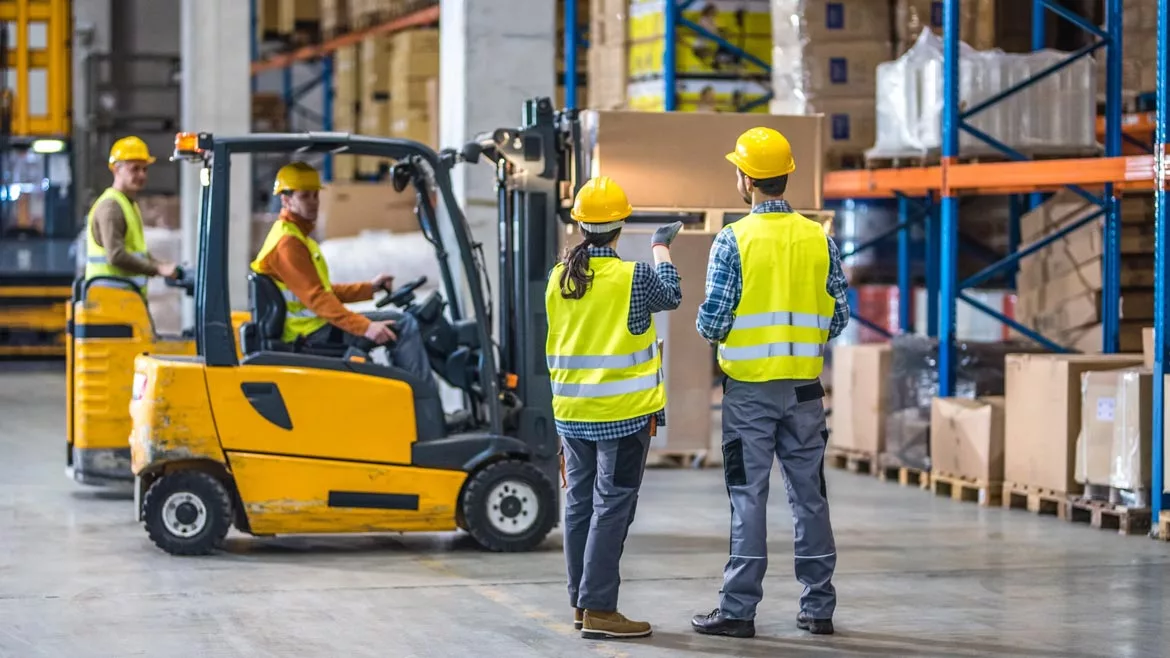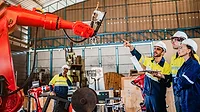Global News
Protecting manufacturing and warehousing employees

simonkr / E+ via Getty Images
Workplace safety is a concern for all sectors. Within the manufacturing and warehousing industry, there is a risk not only of workplace violence, but hazards from the job itself. The Occupational Safety and Health Administration (OSHA) has cited major manufacturing facilities for failing to protect employees from hazards. These hazards can include fall risks, workplace injuries or faulty equipment.
The safety of manufacturing and distribution employees remains a concern for security leaders and their employees. According to a report by Ansell, more than 94% of manufacturing, warehousing and distribution workers said it’s “very important” that their employer prioritizes their physical safety. Additionally, more than three quarters say they’re more likely to join or stay with an employer who does so. Workers are recognizing safety risks within the workplace and pushing for stronger security measures.
Nine out of 10 manufacturing, warehousing and distribution workers are interested in wearing connected technology that identifies unsafe physical movements and makes customized recommendations to reduce workplace risks according to the report. Workers expressed that new technology development such as artificial intelligence in other sectors has strengthened the desire for new safety technology. This shows a concern for worker safety and that employees are trying to be proactive about their safety. Excessive and repetitive movements can lead to musculoskeletal disorders, a concern for employees working in manufacturing and warehousing. Nearly one-third of the workers surveyed said they’d been injured on the job at some point.
Despite the risk of injuries, 31% of employees report less than 15 minutes of weekly safety planning. According to the report, workers want both more training and more detailed training on how to prevent these kinds of injuries. Additionally, workers desire a better way to communicate workplace hazards as they see them. Some workplace hazards go unreported due to a lack of appropriate communication between workers and supervisors, increasing the chance of workplace injuries.
When ensuring workplace safety, security leaders need to consider what employees feel is necessary to keep themselves safe while working.
For more information, click here.
Looking for a reprint of this article?
From high-res PDFs to custom plaques, order your copy today!








